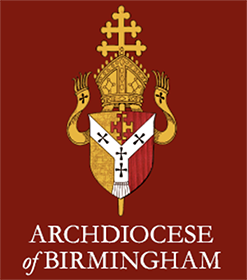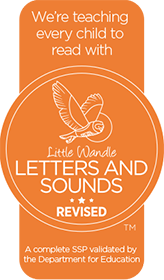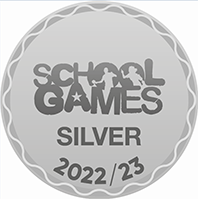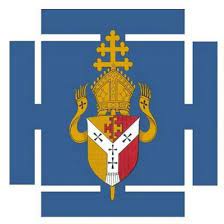Art
The curriculum coverage objectives can be found here. You can also click on Intent, Implementation and Impact to find out more on each of these areas.
Intent
The intent of our Art curriculum is to deliver lessons at St John Fisher Primary School that value Art and Design as an important part of the children’s entitlement to a broad and balanced curriculum. Art and Design provides the children with the opportunities to develop and extend skills and an opportunity to express their individual interests, thought and ideas. Art, craft and design embody some of the highest forms of human creativity. A high-quality art and design education should engage, inspire and challenge pupils, equipping them with the knowledge and skills to experiment, invent and create their own works of art, craft and design. As pupils progress, they should be able to think critically and develop a more rigorous understanding of art and design. They should also know how art and design both reflect and shape our history, and contribute to the culture, creativity and wealth of our nation.
Implementation
The skills and knowledge that children will develop throughout each art topic are progressive throughout the school. The emphasis on knowledge ensures that children understand the context of the artwork, as well as the artists that they are learning about and being inspired by.
Children learn to understand and apply the key principles of art: line, tone, texture, shape, form, space, pattern, colour, contrast, composition, proportion and perspective.
The opportunity for children to refine and develop their techniques over time is supported by effective lesson sequencing and progression between year groups as provided by Curriculum Maestro
The school environment also celebrates children’s achievements in art and demonstrates the subject’s high status in the school, with outcomes enhancing the environment.
Impact
Children will engage with art at a deeper level, promoting further enjoyment and retention.
Children will recognise and apply key skills and vocabulary verbally.
This enables links to other curriculum areas, including humanities, with children developing a considerable knowledge of individual artists, as well as individual works and art movements.
The structure of the art curriculum ensures that children are able to develop their knowledge and understanding of the work of artists, craftspeople and designers from a range of times and cultures and apply this knowledge to their own work.
This helps supports children in achieving age related expectations at the end of their cohort year.
The consistent use of children’s sketchbooks means that children are able to review, modify and develop their initial ideas in order to achieve high quality outcomes.
Classroom displays reflect the children’s sense of pride in their artwork and this is also demonstrated by creative outcomes across the wider curriculum.






